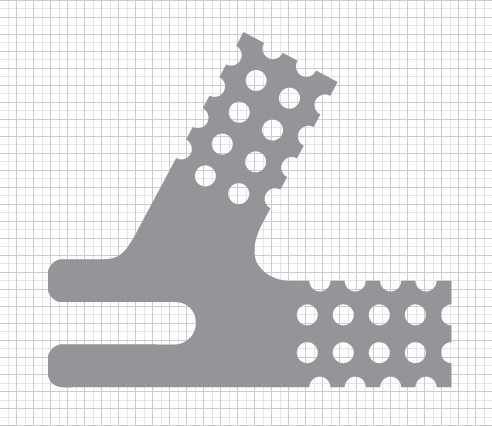“We bear in mind that the object being worked on is going to be ridden in, sat upon, looked at, talked into, activated, operated, or in some other way used by people.
When the point of contact between the product and the people becomes a point of friction, then the industrial designer has failed.
On the other hand, if people are made safe, more efficient, more comfortable—or just plain happier—by contact with the product, then the designer has succeeded.”
– Henry Dreyfuss
Month: October 2010
Bamboo Bike #2 – The Daisy
Bamboo Bike Frame Strength Test
Above is a video of my homemade frame testing apparatus. It’s far from scientific, but good enough to satisfy my curiosity as to whether or not the frame passes the AS/NZS 1927:1998 Frame & Fork Assembly test. The method described for the test is as follows:
Method
(a) Anchor the rear wheel axle attachment points.
(b) Apply a force of 890 N to the front axle attachment point towards and in line with the rear wheel axle and from the deflection reading compute the energy absorbed in joules.
(c) Should the energy absorption reading at 890N be less than 40 J increase the force until this figure is attained.
(d) Release the loading.
(e) Examine the test specimen for any signs of fracture or permanent deformation. The examination shall include the fork steering tube. The examination for fractures shall be done at ×5 magnification.
NOTE: This test applies equally to rigid and suspended frames. When testing a suspended frame the energy absorbed in reaching an applied force of 890 N can be expected to be substantially more than 40 J.
Theory
Based on my understanding of physics Joules are calculated by the formula: Work(Joules) = Force(N) x Distance(m). So to get the frame to absorb 40J of energy I have to make it move 45mm (40J = 890×0.045). So I set up my rig to shift the frame 45mm up from its resting position, then applied a force to the rear axle that pushed the frame forward by 45mm. The frame was blocked by the end of the rig thou so it couldn’t move, thus the force acts through the frame, causing the front forks to bend a lot!
Result
It seems to have passed the test. There was no cracking noises or breakages. I’ll pull apart the fork tonight and make sure the carbon steerer has survived and inspect the frame for cracks or deformations.
Laser-cut drop-outs
I’m in the process of designing the second bamboo bike and have decided to go down the route of making custom drop-outs. The ones I sourced for the first bike were OK, but they needed a lot of modification in order to get the bamboo and carbon fibre to sufficiently adhere to them (I had to extend them with threaded rod). The pic of the ones I’ve designed below feature a series of holes drilled through the metal, which will provide increased surface area and grip for the epoxy resin to grab onto. A 10mm wide and 50mm long slot is cut into the end of the bamboo poles and these holey tabs will slot in and then be wrapped in carbon fibre to join them.

If anybody knows of a good laser cutting service here in Melbourne, please let me know.
